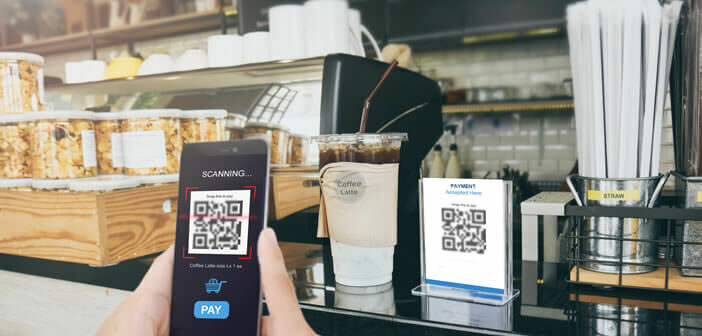
The Covid-19 pandemic has greatly popularized the QR code. Practical and easy to use, this two-dimensional barcode can sometimes contain malicious web addresses. Here are some tips to protect yourself from fake QR codes and avoid infecting your Android smartphone..
Are you sure of the security of a QR code?
Governments, companies, stores and even restaurants are more and more fond of these little barcodes. Whether it's to book a cinema ticket, a table at a restaurant or to take advantage of a promotion, QR codes are everywhere.
But beware, these little codes do not always mean you good. Some contain a set of parameters capable of stealing your personal or financial data. Indeed, some hackers do not hesitate to use QR codes to hide URLs pointing to phishing sites or containing malicious applications..
Problem, the human eye is unable to read QR codes. We cannot therefore know in advance if this barcode is not without risk for your smartphone. As a reminder, here is the list of all the information that these small black squares may contain.
- Web address (URL)
- Send a text message to a phone
- Transfer a phone number
- Share your Wi-Fi access password
- Quickly add a contact in vCard format
- Download an app
- Write the content of the email with the name of the recipient
Obviously all these features are not without risk for your smartphone. By scanning a QR code with your smartphone's reader, you could call a premium rate number or download malware..
As a reminder, the vast majority of Android phones offer QR code readers integrated by default by the manufacturer. If not, there is nothing stopping you from installing a third-party QR scanner app.
What advice to prevent a QR code from infecting your smartphone?
Cybercriminals are not limited to creating malicious applications only. It sometimes happens that pirates replace the QR codes present on posters and signs with fake ones.
For more security, it is therefore advisable to be particularly careful and to check that the code present on the poster is indeed the original one and not a sticker affixed on top. Never scan QR codes that look suspicious.
Also pay attention to shortened URLs. These devices are generally used to facilitate the sharing of links, in particular on social networks. However, with the QR code, this type of link is useless.
In this case, it is preferable to directly enter the URL address of the service concerned. It's a bit longer but much safer. For more security, know that there are QR code scanners capable of detecting dangerous links. This is particularly the case with Kapersky QR Scanner.
This application automatically checks the websites hiding behind the links contained in the QR code. If a malicious site is detected, the user is automatically informed.